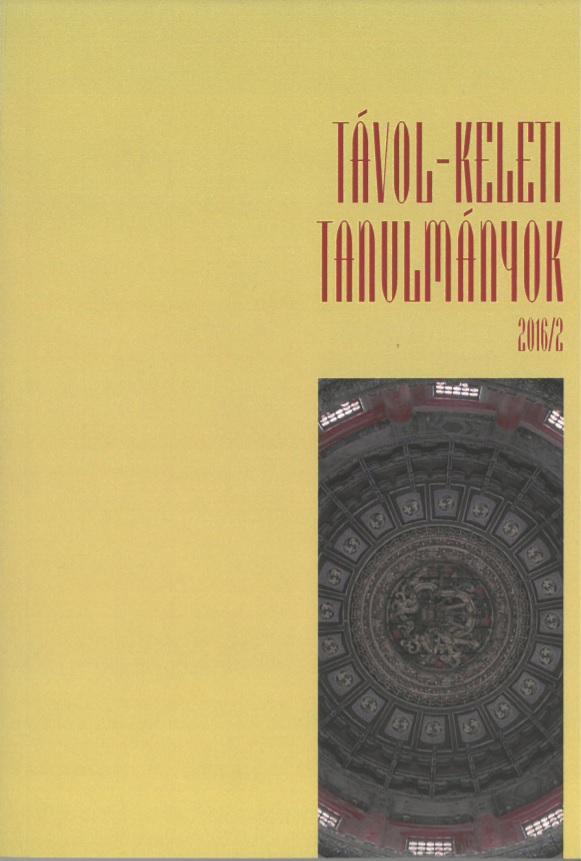Szútrák a hosszú élethez Amoghavajra fordításában: A Fugen Enmei szútra kutatásának margójára
Longevity Scriptures Translated by Amoghavajra. On the Margin of the Fugen Enmei Sūtra Research
Author(s): Mónika KissSubject(s): Theology and Religion
Published by: Eötvös Loránd Tudományegyetem
Summary/Abstract: In the 20th volume of the Taishō Canon (大正新脩大蔵経), there are five texts that were all supposedly translated by Amoghavajra 不空 in the 8th century, and share the same subject: longevity. One of them is the Fugen Enmei scripture 普賢延命経. In order to better understand its content, I will examine the other four scriptures. First, I discuss their arrival to China and Japan, then I present their protagonists, key elements, and last I give a shortintroduction of the mantras (or dhāraṇīs) found in the texts. Although they are assembled in the Taishō Canon, their history is full of questions and ambiguities. First of all, there is the question of their title, since only two of the four texts seem to be originally from the continent. The translator is given in two of the texts; however, the Chinese and Japanese Buddhist catalogues and canons, from time to time, seem to differ in their attribution. The subjugation story of Gōzanze 降三世 and Daijizaiten 大自在天 creates another problem, for their scene is not to be found in the 8th century translations of the Kongōchō kyō 金剛頂経, only in the 10th century version of Dānapāla. This raises the question why the supposed translator, Amoghavajra, or his master Vajrabodhi, did not include this scene in their version of the former scripture, which is one of the chief texts in the esoteric tradition.
Journal: Távol-keleti Tanulmányok
- Issue Year: 8/2016
- Issue No: 2
- Page Range: 87-126
- Page Count: 40
- Language: Hungarian

